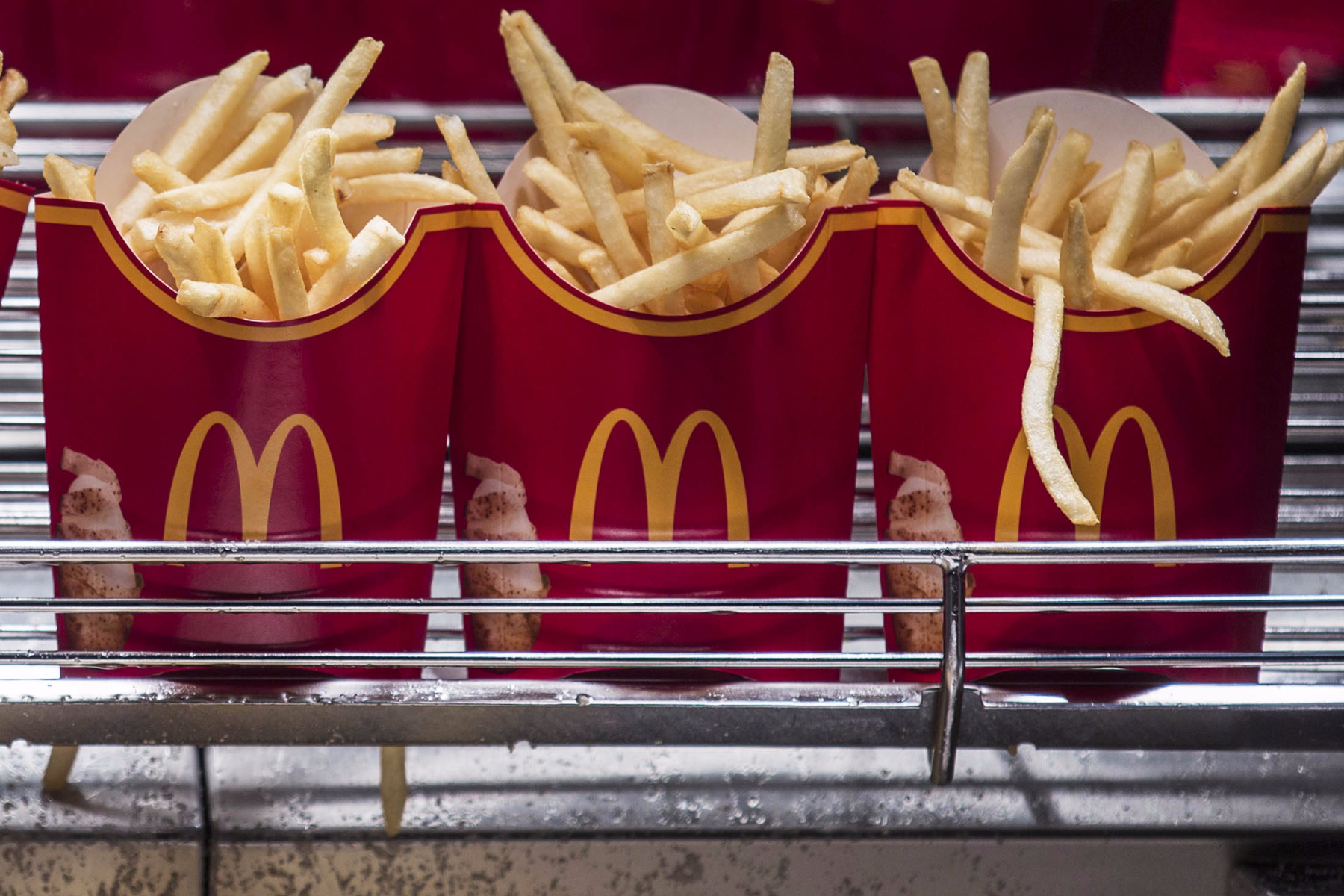Skift Take
McDonald's is going full speed ahead with its Uber Eats integration, but at what cost? Some operators are saying that the system's delivery economics are unsustainable, and, eventually, that's going to have to change.
— Erika Adams
Delivery has developed into a $3 billion business across McDonald’s global operations in the last two years, and a slowdown in the segment is not expected anytime soon.
Over 19,000 McDonald’s locations are now set up for delivery, a 68 percent spike from delivery-enabled locations McDonald’s reported six months ago. The locations that offer delivery now add up to more than half of McDonald’s global footprint.
In July, McDonald’s CEO Steven Easterbrook called the pace of delivery growth “unprecedented” for the company. Now, the chain is starting to think more deliberately about how to grow awareness in markets outside of the usual suspects of New York City, Chicago, or San Francisco, where food delivery options have been around for years.
“We are confident that delivery offers additional growth potential for our business,” said Easterbrook. “Even with the momentum we already have established, we know we have an opportunity to let more customers know that McDonald’s will bring meals to their homes, offices, and college dorm rooms.”
McDonald’s hasn’t invested in any large-scale marketing campaign in the U.S. around delivery yet, but it’ll come eventually. As Easterbrook said, McDonald’s typically won’t invest in any sort of national marketing campaign until at least 70 percent of the U.S. system can offer what’s being advertised; in this case, delivery.
Operators Want a Better Deal
As the pace of delivery integration balloons, McDonald’s franchisees aren’t so quick to sing its praises. While delivery has become a necessary part of doing business as a quick-service restaurant chain, the economics of the channel aren’t adding up yet for many operators in the McDonald’s system.
The National Owner’s Association, an organization that was formed last fall to address growing concerns about McDonald’s growth and operational changes, recently released the results of a Delivery Economics Survey in which nearly 800 franchise owners outlined how delivery integration has been playing out at the ground level.
Out of that pool of respondents — accounting for nearly half of all McDonald’s restaurant operators in the U.S. — 758 operators said that they were not satisfied with the economics of delivery as it stands.
While nearly all of the franchisees who participated in the survey said that they want to offer delivery in their restaurants, 565 operators said that delivery was not currently generating positive cash flow to their businesses, and 785 operators said that they would support an effort to negotiate better commission rates between McDonald’s and Uber Eats.
“We are in business to make money but it seems like everyone is making money off of us except us,” one owner commented in the survey results.
In response to criticism about its delivery program, McDonald’s said, “We are committed to continuing to work closely with our franchisees so they have the support they need to run great restaurants and provide great quality experiences and convenience for our guests.”
Franchisees cited unmanageable rent and service fees on top of commission rates in the 15 to 20 percent range charged by Uber Eats. Many welcomed the opportunity to work with Uber Eats’ competitors in order to drive more favorable commission rates, and operators with locations in smaller markets struggled with delivery awareness, sometimes only handling a couple of delivery orders per day.
“The economics of this are not in our favor,” one survey respondent wrote. “We will erode more of our margins as delivery continues to grow. We must have a better economic model for this.”
The National Owners Association did not respond to requests for comment for this story.





